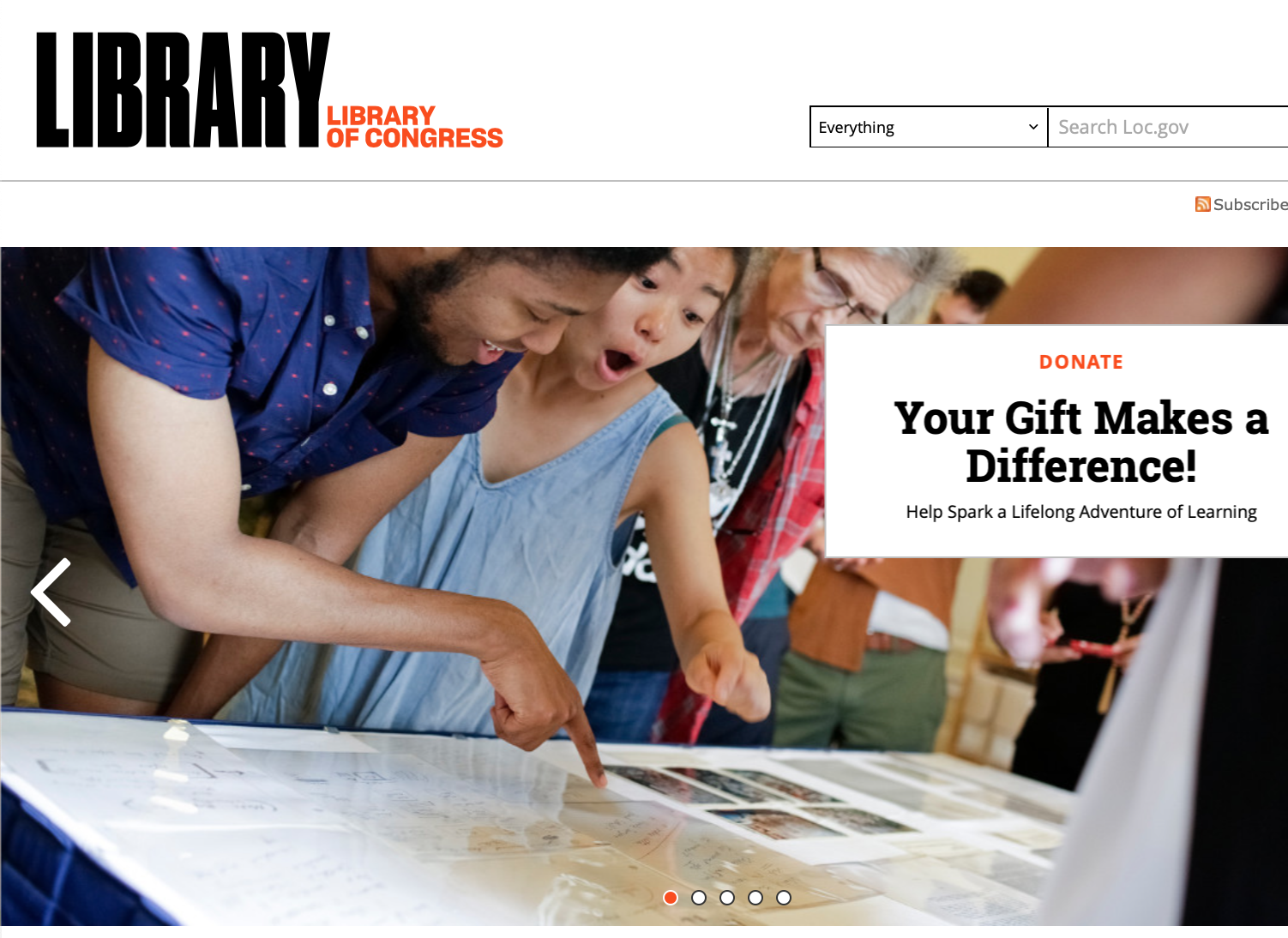Resources for Prototype Research
Inspired by Listener Skyler, here is a list of resources for researching prototype railroads.
Wikipedia
Wikipedia is always an excellent resource for starting your search for a prototype. While not guaranteeably comprehensive, its lists do cover nearly every single meaningful railroad that operated in each state and have pages with summaries for most of the major ones.
Advanced Resources
Many different resources are available for researching a specific railroad. Most often, you will need a combination of the following: local libraries; local, regional, and state historical societies; prototype-specific historical societies; University special collections; and the Library of Congress. Here are some sample resources, but don’t forget to seek out your own, as well.
State Railroad Commission Maps
Nearly every state at one point produced comprehensive maps of every major railroad in the state for purposes of transportational infrastructure, defense, or taxation valuation. These can usually be downloaded from various websites in gigabyte-sized files and are an excellent resource for understanding the regional rail networks at a specific point in time.
USGS Historical Topographical Map Collection
An excellent resource for higher-fidelity specific prototype information, this collection allows you to download all the historical maps ever produced by the USGS, searchable by location. These will usually reveal the exact alignments of railroads across time, and will also usually give rough sketches of track arrangements at various notable points along the line.
This is my personal favorite resource for railroad research, as it often is the most revealing.
Railpictures.net
If you’re modeling the modern era, you’re in luck, as vast platoons of railfans usually will do all your work for you. Various internet railroad photographic archives exist where users upload pictures of trains and make them searchable by locomotive, car, railroad, or rail line, making it very easy to track down specific information on particular pieces of railroad equipment. Don’t forget that google maps, earth, and street view can usually also fill in the gaps!
Brief History of New York City Transportation
This particular resource was suggested by listener of the show Skyler. Many major cities will have short, hyperlinked articles explaining in brief their local railroad history, often assembled by local historical societies, tourism boards, or history enthusiasts. These usually make excellent starting points for researching specific locales.
General Information Articles
For those less familiar with real railroad dynamics or for those whom wish to protofreelance, there are many articles on the internet that give a general history of railroading. Understanding the basic elements of how and why railroads were created and became a dominant form of transportation will always help you build a better model railroad, and you may just find an interesting prototype or two along the way.
Local Libraries
The single best source for general information is usually always a library. Local libraries will usually have good selections of general history books to brief you on the full history of a railroads in the nation, and they will usually also always have a few more specific books on local railroading history. If you live near the region you wish to model, visiting a local library and flipping through the books is a great way to start.
National Railway Historical Society
The NRHS is a powerful organization with many chapters devoted to the preservation of railroad history in their regions. The NRHS usually doe a good job of giving you railroad-agnostic histories of specific areas and can also point you in the direction of additional historical societies. They also do railroad education and history outreach.
Railway and Locomotive Historical Society
The RLHS is a historical organization more devoted to specific prototypes and artifacts. It’s the oldest organization dedicated to its subject, and, while it may not have literature covering your specific prototype, if it does, the literature is almost guaranteed to be marvelously comprehensive.
Local and State Historical Societies
The single best resource for researching if you have decided on a specific prototype is that of historical societies covering the region the railroad ran through. Quite often, they are the recipients of surviving document archives and will usually have extensive photograph collections covering both the railroad and the region in the time you’re looking for.
State University Special Collections
Large universities (and some large historical societies) will usually have Special Collections departments within their libraries. These will usually house on any particular prototype everything from historic maps to financial records, along with select photographs. These are very good resources to find some of the more obscure artifacts, such as car count reports, purchase orders, or meeting notes, in addition to the more canonical maps, blueprints, diagrams, and photographs.
Library of Congress
The largest and most comprehensive “other” category, the LOC holds nearly every book of relevance to all American railroad history. If you’re looking for a really, really obscure book that isn’t found in local, university, or historical society libraries, this is the place to find it. Granted, it’s not very easily accessible for some people living farther away, but if you’re within a day’s drive or there on business, set aside a day or weekend to pay them a visit.
Railroad-Specific Historical Societies
If you choose to model a larger railroad (or a portion thereof), they may have their own historical society. These organizations usually also have access to more obscure but more useful records, such as track alignment diagrams. They may also have modeling-specific resources, such as lists of accurate production models or instructions for kitbashing specific types of equipment.











